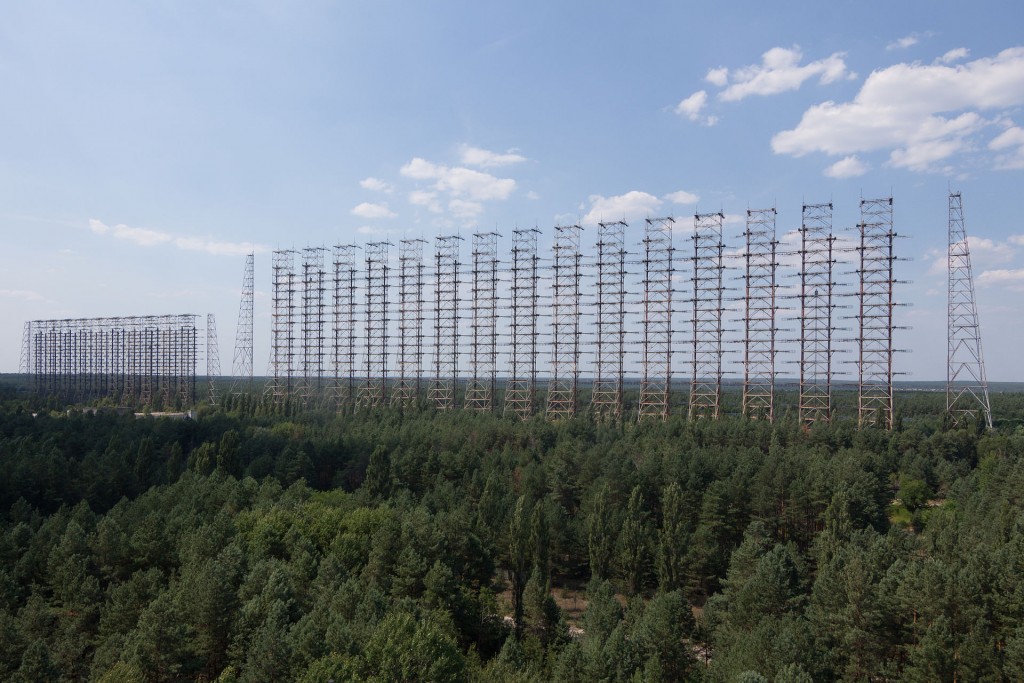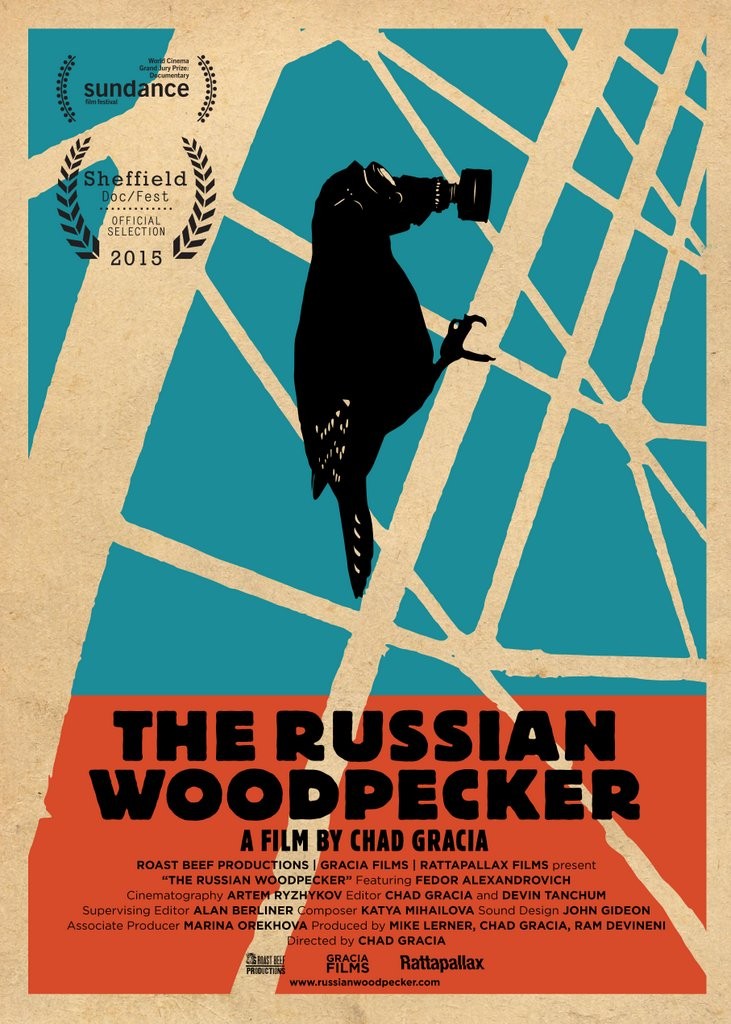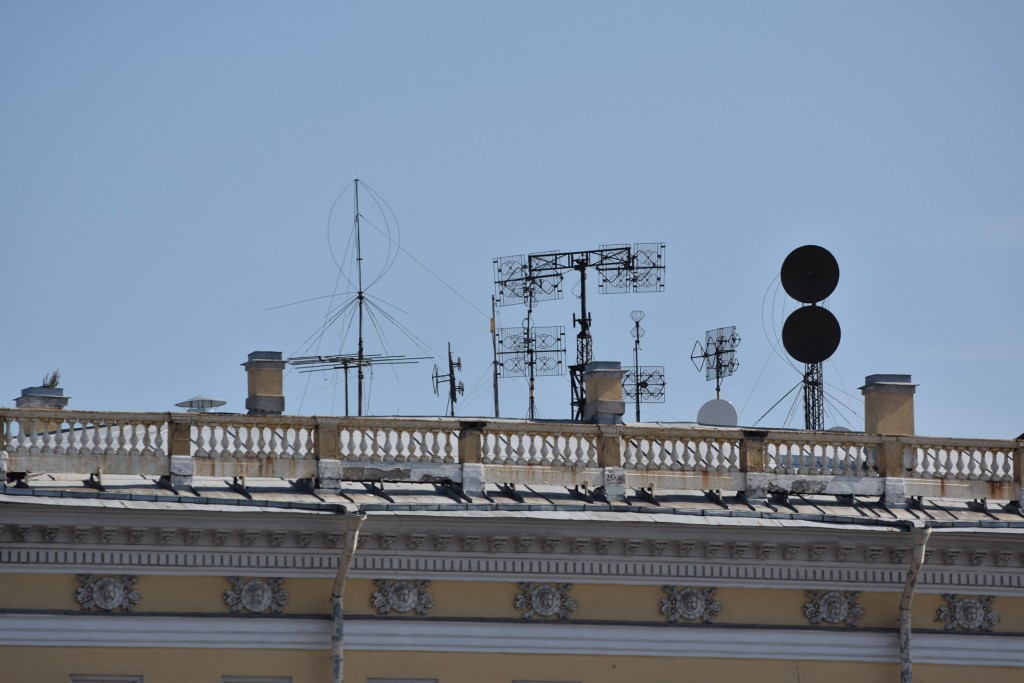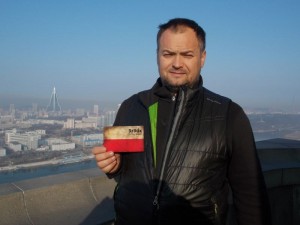
From ARVic, original post here.
The DX world is awaiting the planned visit to the rare DX entity by P5/3Z9DX this year, despite a claim to the contrary that labels it as a fake. However, were able to confirm that correspondence has been received by the ARRL from Polish radio amateur Dom Grzyb 3Z9DX. But there has been no determination yet made by the DXCC Desk.
It any such an activation the DXCC Desk has a number of rules it must be meet to prove that an operation occurred and was documented and authorised by the licensing authority of that country.
A brief communication from Don 3Z9DX in recent days says: “there is no comments from me until ARRL will make decision – no one else can do that.”
The letter to the ARRL is understood to seek endorsement of the earlier activation on December 20, which Dom P5/3Z9DX says several hundred contacts were made in a demonstration. (see earlier story). He hopes to return early this year to North Korea and activate the rare DX entity.

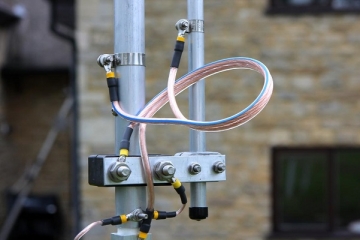
 From the
From the 
